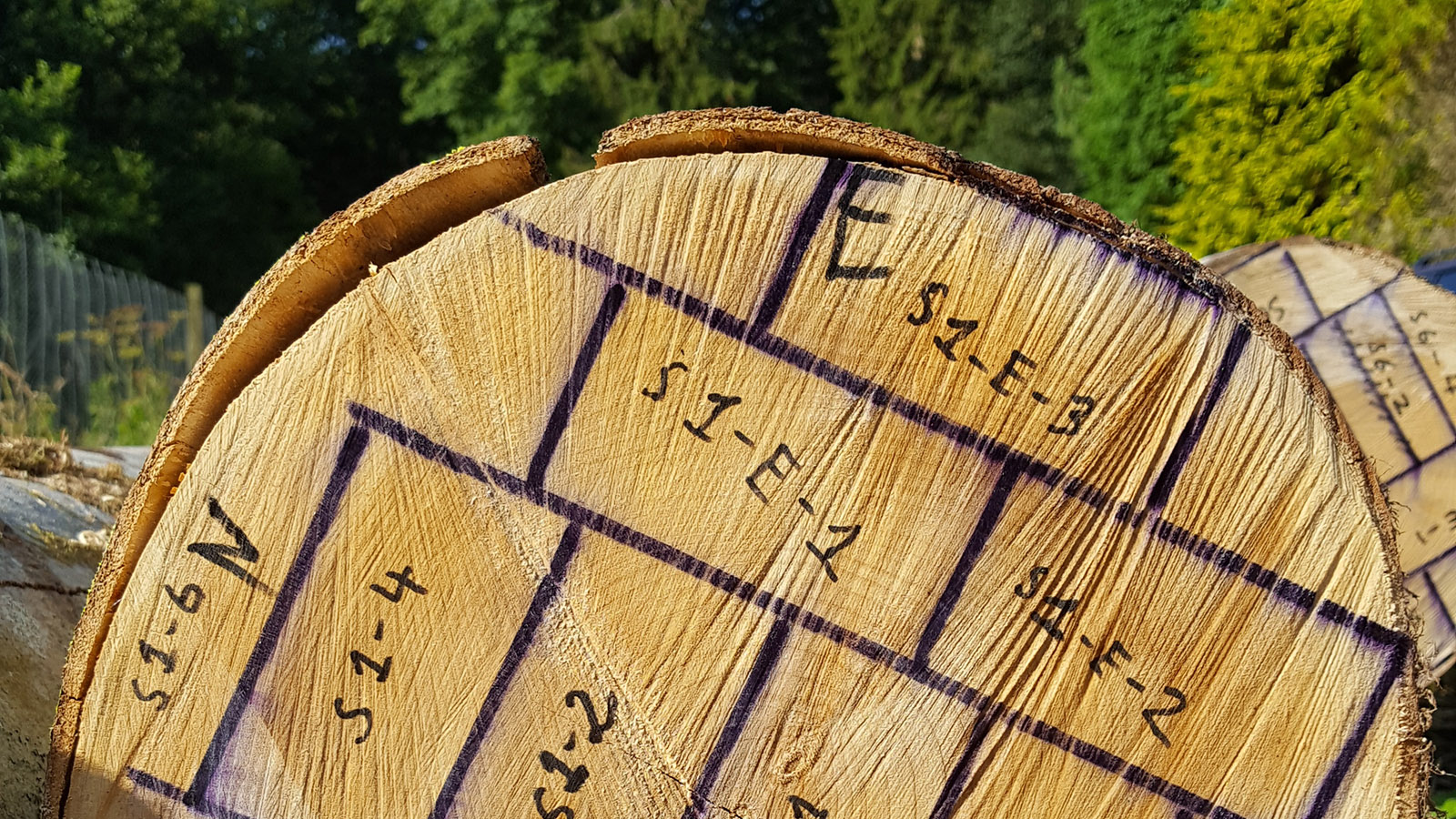As interest in diversifying tree species in British forests grows, it’s crucial to focus on species that will meet future timber market demands and ensure long-term timber security.
However, there is limited knowledge about the wood properties and commercial viability of lesser-known tree species in the UK. Existing data often comes from small samples or individual trees, which may not represent the conditions of productive forestry.
To address this gap, Forest Research, in partnership with Edinburgh Napier University, have taken a first step in systematically assessing the timber potential of underutilised species in the UK. Their previous research examined species such as Norway spruce, western hemlock, western red cedar, and noble fir, finding that they all have the potential to produce high-quality sawn timber suitable for construction.
In their latest study, the research team has focused on species including sycamore, silver birch, grand fir, Serbian spruce, European silver fir, Pacific silver fir, Japanese red cedar, and Caucasian fir, grown in the UK.
Read the full report: Timber Properties of Species with Potential for Wider Planting in Great Britain

The study identified several forest stands across the UK – Drumtochty Forest in Aberdeenshire, Grandtully Wood in Perthshire, Kilmun Forest Garden in Argyll, Drumlanrig Castle and Dockridding Wood in Dumfries and Galloway, and Thetford Forest in Suffolk.
A representative sample of trees was selected for felling and detailed wood analysis. Standard industry tests were conducted to assess the wood’s stiffness, strength, density, and moisture content.
The results indicate that several of the species tested could be valuable in timber production:
While the small sample size and limited geographical locations of the trees tested mean that conclusions should be treated cautiously, the results suggest that several conifer species could be valuable for blending into the British spruce C16 market due to their similar appearance, properties, and grading.
The most promising species from this study include European silver fir, Pacific silver fir, and Serbian spruce, while grand fir also shows potential and may warrant further investigation, particularly given its commercial success in North America.
“Introducing a broader variety of species to meet the needs of the structural timber market presents a considerable challenge for foresters,” said research scientist, Adam Ash. “Our research marks another important early step in identifying which species might be the best additions to UK productive and timber focused forestry, and where the next stages of research should be focused.”
Read the full report: Timber Properties of Species with Potential for Wider Planting in Great Britain
Planting woodland adjacent to established woodland or in large clumps is more likely to boost bird populations than random planting, modelling suggests.

Forest Research has announced that Dr Bianca Ambrose-Oji, currently Head of its Society and Environment Research Group, will succeed Professor Chris Quine FRSE as Chief Scientist from June 2025.
England’s non-woodland trees have been mapped for the first time, revealing these trees make up nearly one third of our nation’s tree cover.
Planting woodland adjacent to established woodland or in large clumps is more likely to boost bird populations than random planting, modelling suggests.

Forest Research has announced that Dr Bianca Ambrose-Oji, currently Head of its Society and Environment Research Group, will succeed Professor Chris Quine FRSE as Chief Scientist from June 2025.
England’s non-woodland trees have been mapped for the first time, revealing these trees make up nearly one third of our nation’s tree cover.